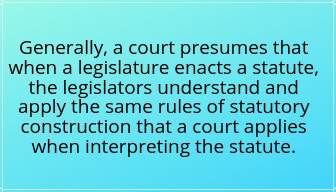Recent Developments in Single Subject Requirement Case Law – Part II
By Jason Gelender Editor’s Note: This is the second article in a three-part series on recent court decisions interpreting and applying the constitutional single subject requirement. The first article was […]


